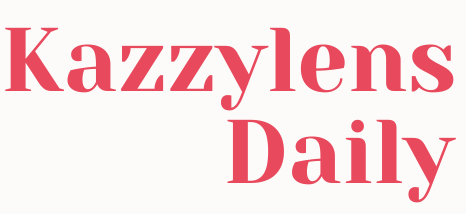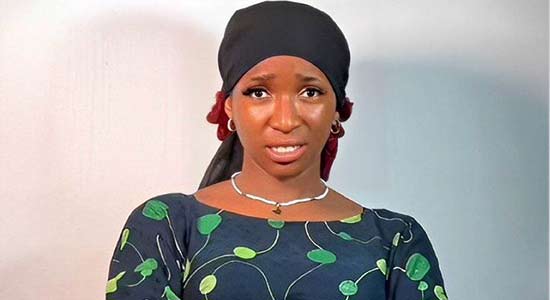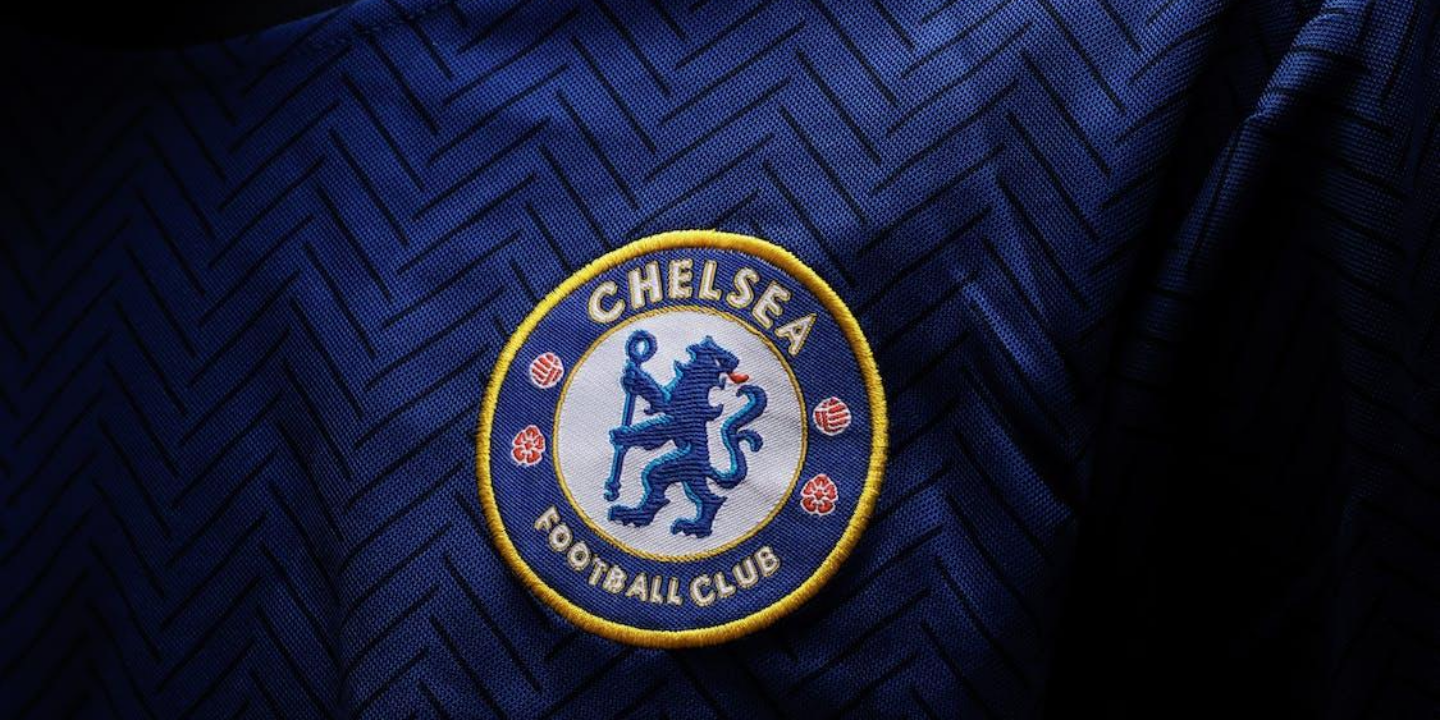Do you have a male partner who pays attention to you, is enthusiastic about spending time together, and is socially engaged when he’s with your friends? You might think you just have a solid partnership, but it turns out, according to a new social media trend, you have a “Golden Retriever boyfriend.” Or maybe your partner is shy or standoffish in front of others, but is very loyal and sweet when he’s with you, otherwise known as a “Rottweiler boyfriend.” Maybe you’re dating a guy who is really attractive, but when it comes to book smarts, he’s not the greatest. You’ve got yourself a “himbo.” And if a guy loves to snap photos of you, he’s a perfect “Instagram boyfriend.”
Over the last few years, the internet has codified certain male characteristics into quippy terms so onlookers on social media can quickly identify what kind of man they’re dating. Some people may think that these are new types of men. That’s not exactly the case. It’s not that the men are new—but the way that we perceive masculinity is.
The term “himbo” actually dates back to the 1980’s, and is a portmanteau of “him” and “bimbo,” the latter of which is of course a derogatory term primarily used for women who are beautiful and vapid. It picked up steam recently to describe men who are simply eye candy, particularly for women. The 2023 blockbuster movie Barbie featured the most iconic himbo of them all, Ken, whose sole purpose is to look good and not think too much. In the movie, Ken is wooed by the world outside of Barbie Land, where men run the show.
Read More: The History Behind Barbie‘s Ken
As extreme as this depiction of himbo-ism is, the movie touches on the expectations that we non-Barbielanders have of men. There is a societal expectation for men to be solo actors who are self-motivated, instead of partners to women. They have been expected to be in control and have their needs take center stage. But this couldn’t be farther from the reality of men today. These age-old male stereotypes have boxed men in so much that we needed to coin new language to suggest that, indeed, there is more nuance to masculinity than we once thought there was.
The dominant narrative has historically been that men must be assertive, dominant, slightly callous, serious, mostly anti-social, and capable of doing anything on their own. The categorization of men who do not meet these standards has not been favorable. If you reverse these male stereotypes to be passive, submissive, emotional, frivolous, hyper-social, and in need of help, you get something, well, more stereotypically “feminine.” And in the past, describing men with these terms left them open to scrutiny. This highlights another underlying assumption we have about masculinity: that it is always heterosexual.
Of course, all of these stereotypes are wrong; people are more than their gender, and their gender presentation can take on aspects of the entire gender spectrum from masculinity to femininity to androgyny. And as our dating culture has evolved, social media has helped straight men broaden the scope of what masculinity can look like. Straight men are now more comfortable wearing femme clothes, sharing a tearful hug with male counterparts, opening up about their mental health, and expressing their commitment to being stay-at-home dads. In this sense, terms like “Golden Retriever boyfriend” create a way to recognize straight men who break gender norms without being subjected to questions about their sexuality or gender presentation. What may have previously been considered undesirable male behavior is gaining traction as being part of an expanding expression of masculinity.
Read More: The Hazards of Searching for ‘Marriage Material’
A male partner who is attentive, eager to commit, and who celebrates his partnership has now become the ideal. Golden Retriever boyfriends are lauded for their agreeableness and “go-along-to-get-along” attitude with their partners, which is in stark contrast to the brooding loner stereotype who has fallen out of favor in mainstream culture. And while the desire for this type of relationship dynamic might not be anything new, the celebration of public figures who embody these qualities (examples that come to mind are Travis Kelce and Tom Holland) is. The Golden Retriever boyfriend encapsulates more than just the qualities of the guy—it also includes the desire for loyalty and stability by women. It’s an acknowledgement that not only are men capable of fidelity, they’re better humans for being respectful, equal partners to women. It’s no longer the role of women to be the ones to maintain the emotional health of the relationship. Men are now expected to recognize that it’s a mutually beneficial relationship and you get what you give.
What “himbo”, “Golden Retriever boyfriend,'' and “Instagram boyfriends” all have in common is their re-orientation towards women in dating. While these terms have been adapted for and applied to more than just straight men, their roots come from the limitations of language around male behavior with women. Because society has constructed masculinity as all-knowing and femininity as needy or weak, we’ve ended up with a fixed dynamic that doesn’t acknowledge the diverse nature of relationships. Himbos give women permission to desire, not from a place of lack or need, but from their own self-knowing. Golden Retriever boyfriends enjoy being of service, not from a place of “doing for you because you can’t,” but “because it makes you happy.” And Instagram boyfriends voluntarily take a supporting role, rather than center stage because they can acknowledge their and their partner’s strengths and weaknesses. These terms help us better understand the nuances of power that exist in each relationship.
We’ve needed terms to make it socially acceptable for straight men to openly love and support their partner in atypically gendered ways: being eager, instead of stoic; being effusive with praise and adoration instead of withholding emotions; indulging in frivolity and beauty, instead of criticizing or not being supportive; being physically desirable, without being domineering or controlling. But the fact that these terms have popped up in our culture now doesn’t mean that we have new kinds of men. It just means that the rigid expectations of masculinity of the past haven’t allowed these kinds of men to be visible before. These terms make different types of masculinity okay—and we are all the better for it.

.png) 2 weeks ago
2 weeks ago
















 English (US) ·
English (US) ·